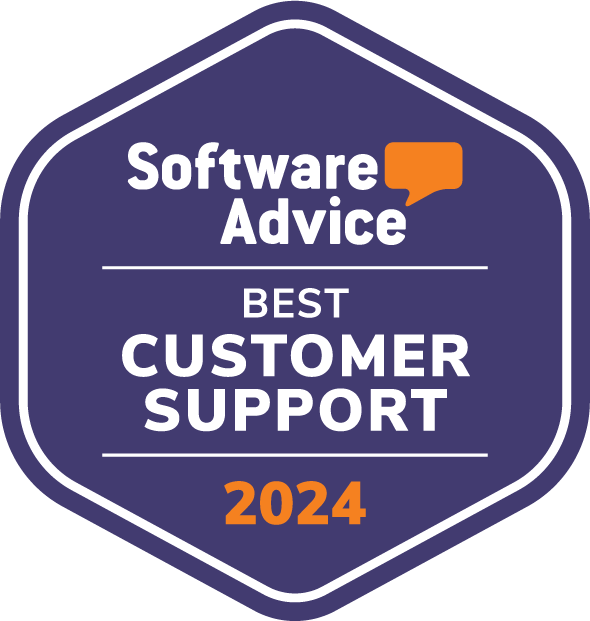Immediate Corporate Responses
In reaction to the increased costs associated with these tariffs, several companies have adopted various strategies:
- Price Adjustments:
- Five Below: The retailer has announced price increases on certain products to offset higher import costs. Despite this, Five Below’s stock experienced a 12.6% rise after surpassing Wall Street’s expectations, indicating investor confidence in their strategic approach.
- Apple Inc.: The tech giant faces significant cost increases due to tariffs on Chinese imports. Analysts estimate that production costs for devices like the iPhone 16 Pro could rise by approximately 43%, potentially pushing retail prices from $799 to around $1,500.
- Economy Candy: This historic New York City candy store, famous for its wide range of imported sweets, is grappling with higher costs due to tariffs impacting nearly all 2,000 items. The owner anticipates the need to raise prices to maintain profitability.
- Five Below: The retailer has announced price increases on certain products to offset higher import costs. Despite this, Five Below’s stock experienced a 12.6% rise after surpassing Wall Street’s expectations, indicating investor confidence in their strategic approach.
- Supply Chain Reevaluation: Companies are actively exploring alternative sourcing locations and renegotiating supplier contracts to reduce dependency on tariffed imports, manage costs and maintain competitive pricing.
- Operational Adjustments: Automakers like Stellantis have temporarily closed factories and laid off employees in response to the tariffs, reflecting the profound impact on operational decisions.
From Risk to Resilience
In such volatile times, adopting resilient pricing strategies becomes paramount. According to insights from Boston Consulting Group, companies should focus on building pricing capabilities that can withstand market fluctuations. This involves a deep understanding of cost structures, customer value perceptions, and competitive dynamics. Implementing dynamic pricing models allows businesses to adjust prices in real-time, reflecting changes in cost and demand.
In other words: pricing agility is no longer optional. It’s a necessity to stay competitive.
Reactions to Input-Cost Increases Are Often Too Little, Too Late, with Serious Detrimental Effects on Margins

Why Pricing Agility Matters Now More Than Ever
Leveraging advanced pricing platforms is essential for navigating the complexities introduced by the new tariffs. These tools enable retailers to:
- Analyze Cost Impacts: Assess how tariffs affect product costs at a granular level.
- Monitor Competitor Responses: Stay informed about market pricing trends and competitor adjustments.
- Optimize Pricing Strategies: Develop data-driven pricing strategies that balance profitability with market competitiveness.
By integrating such tools, retailers can make informed decisions that mitigate risks associated with cost increases and maintain customer loyalty.
How to Adjust Your Pricing Strategy
In a high-tariff environment, blanket pricing changes can do more harm than good.
The key to protecting both margin and market share lies in article segmentation—identifying the role each product plays in the customer journey and tailoring your pricing actions accordingly:
- KVIs (Key Value Items): These are your price perception anchors—the items customers frequently compare across retailers. They’re typically added early in the purchase journey and have high visibility. For KVIs, avoid being the first to raise prices. Instead, monitor competitor moves closely and follow suit to stay aligned with market expectations.
- SDs (Sales Drivers): These are your high-velocity, essential products that drive basket size and traffic. They’re less price-sensitive than KVIs but still important for buyer conversion. Here, it’s often appropriate to pass on tariff costs directly, maintaining profitability without risking major customer pushback.
- PGs (Profit Generators): These are low-sensitivity items with strong margin potential—think accessories, upsells, or niche products. In this segment, you may have room to overcompensate by increasing prices slightly above the direct cost impact, helping to balance margin losses elsewhere in the portfolio.
By applying differentiated pricing strategies across these segments, companies can respond to tariffs with precision—not panic.
With Quicklizard, you can segment products automatically, identify the right KVIs (not too many!), and trigger pricing actions at scale
Schlussfolgerung
Tariffs are only the latest in a series of global disruptions—from inflation to supply chain bottlenecks. But they highlight a consistent truth: the brands and retailers that can adapt their pricing with speed and precision will outperform the market.
At Quicklizard, we help companies navigate moments like these with confidence. Whether you need to run product segmentation, impact simulations or benchmark competitors, we’re here to help.









